Back to Courses
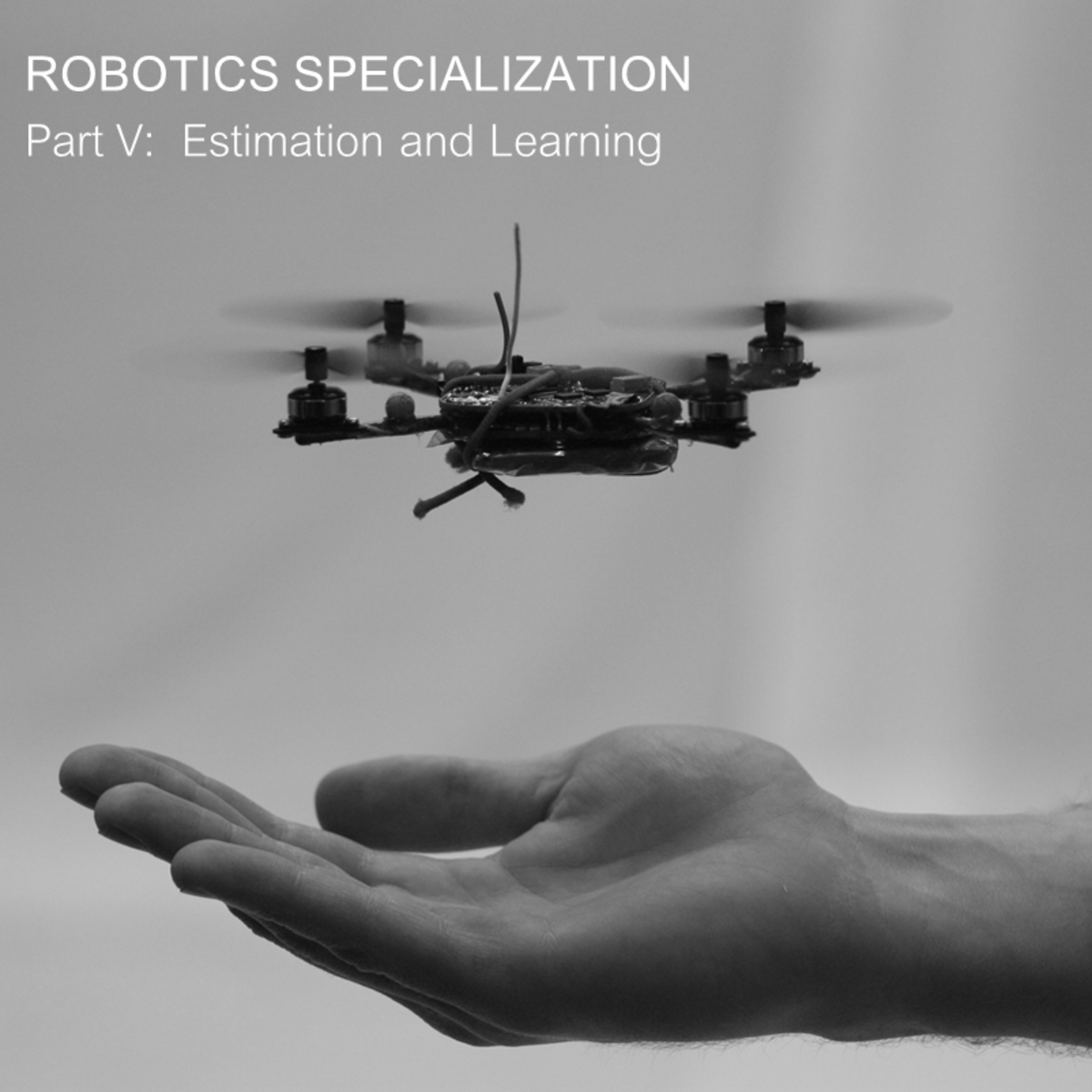
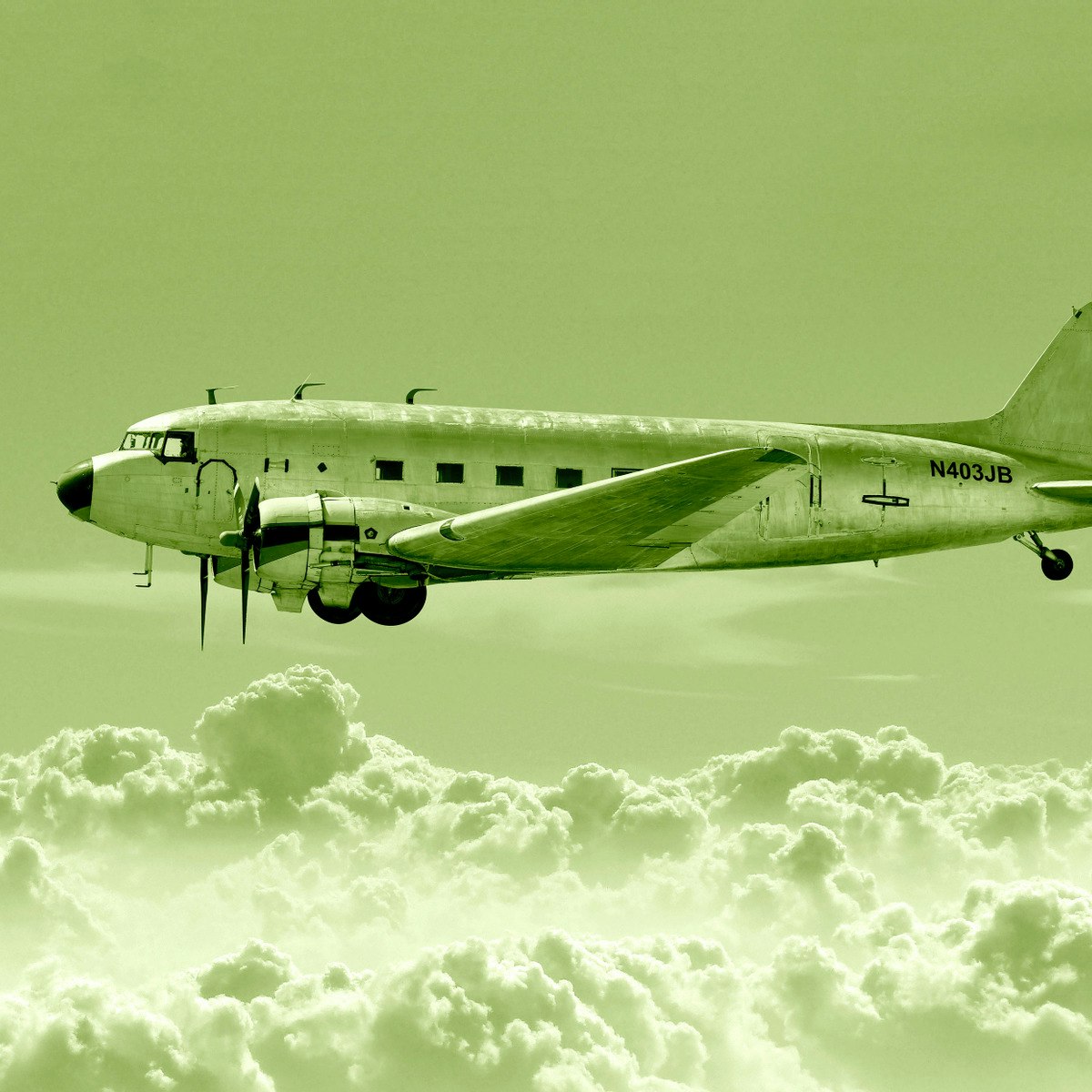
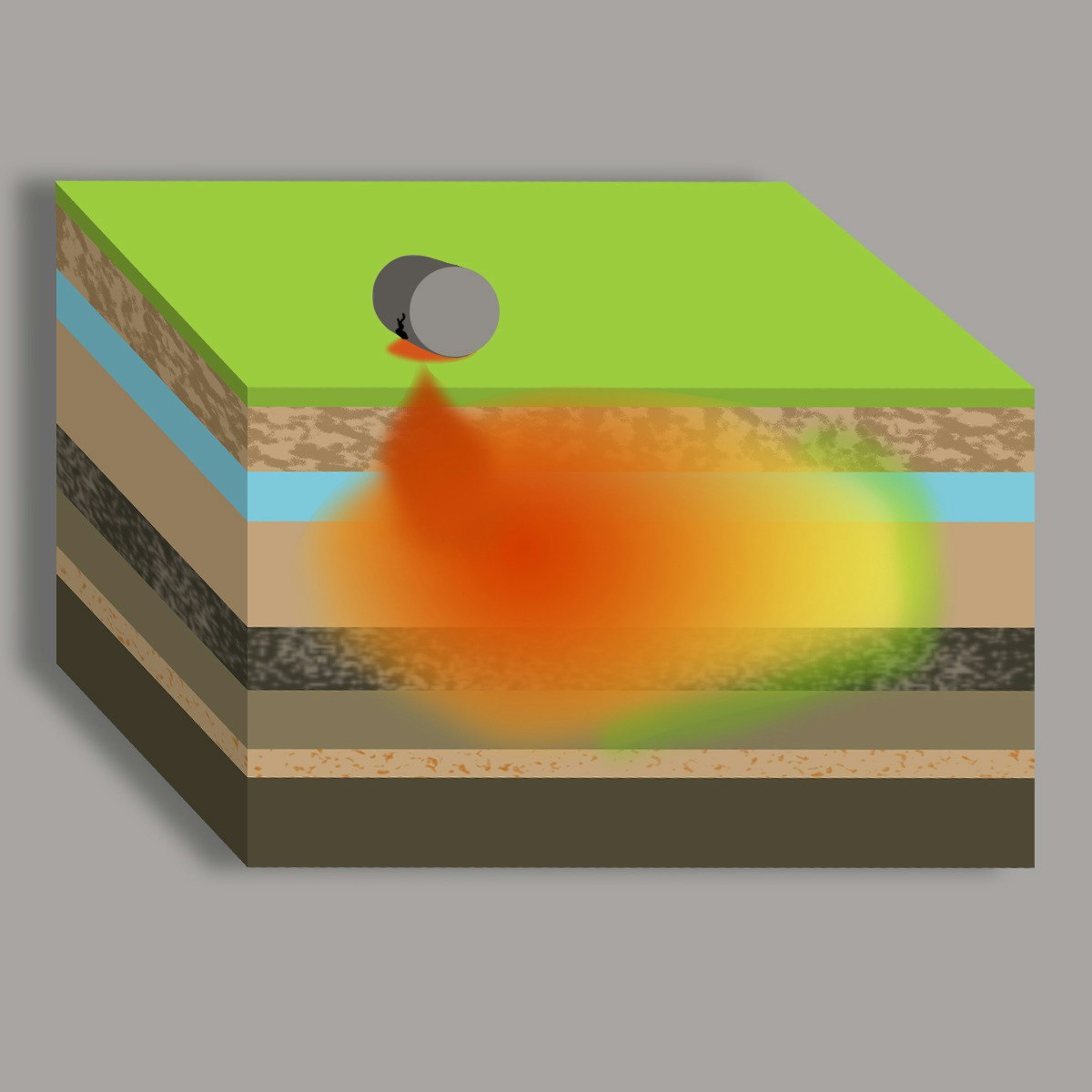
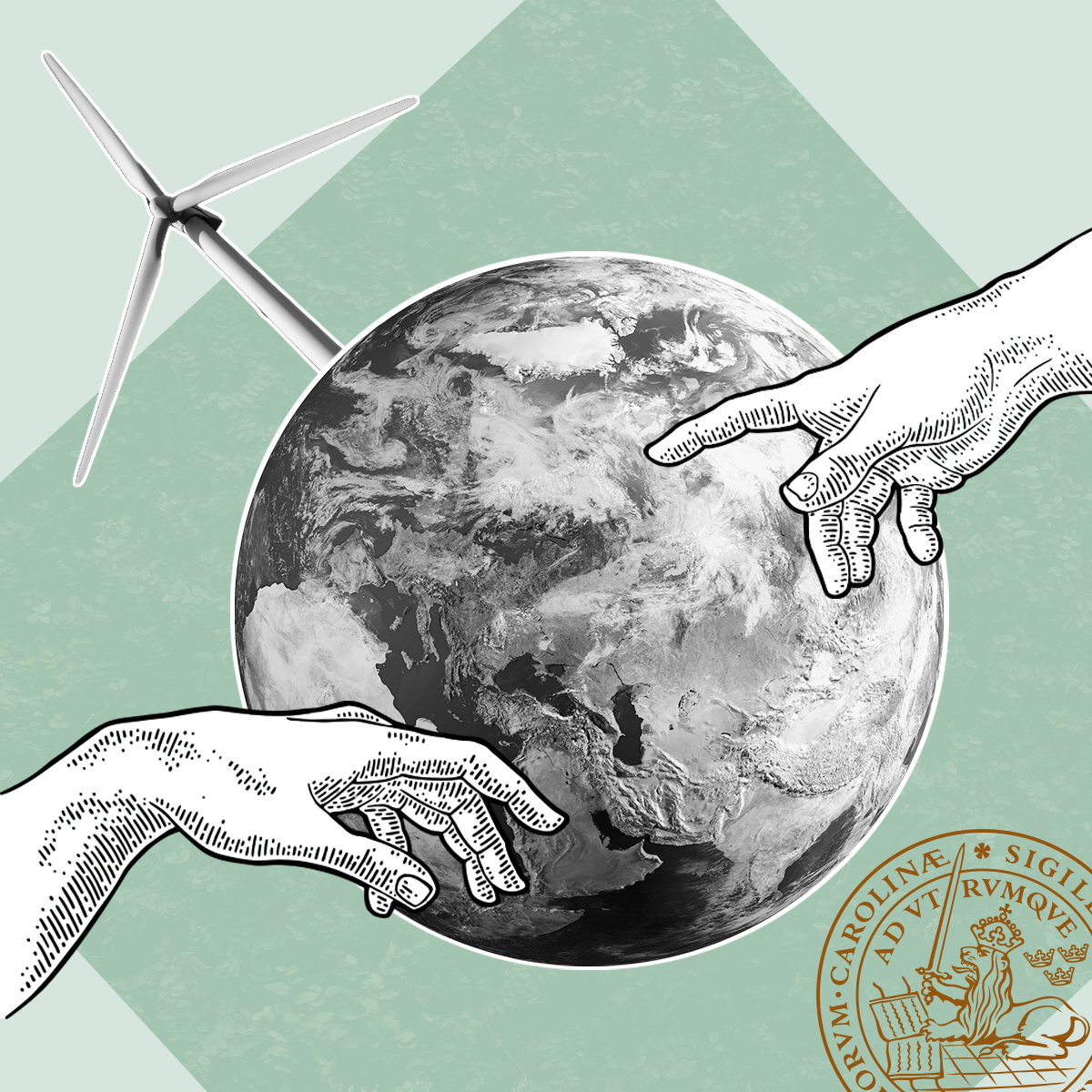
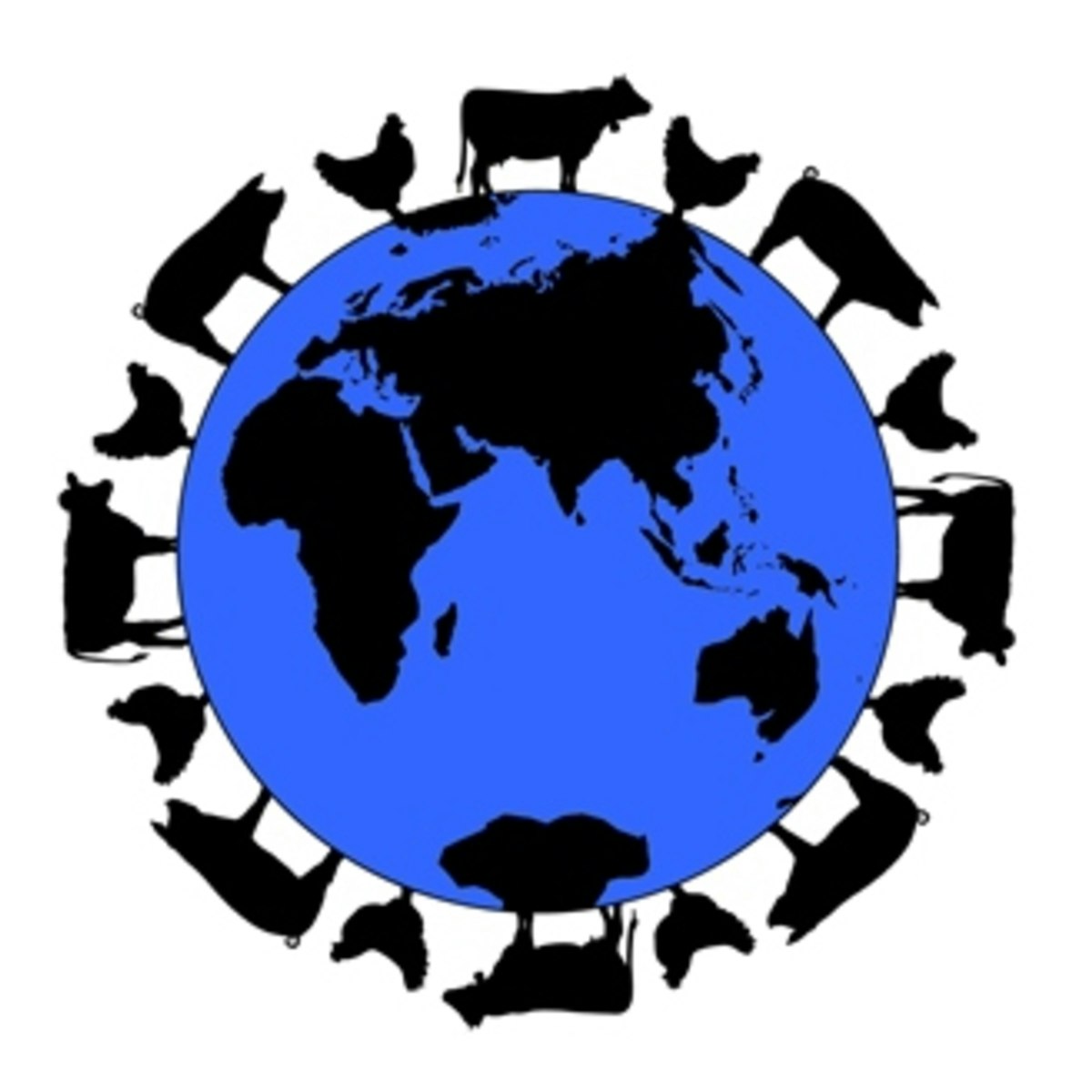



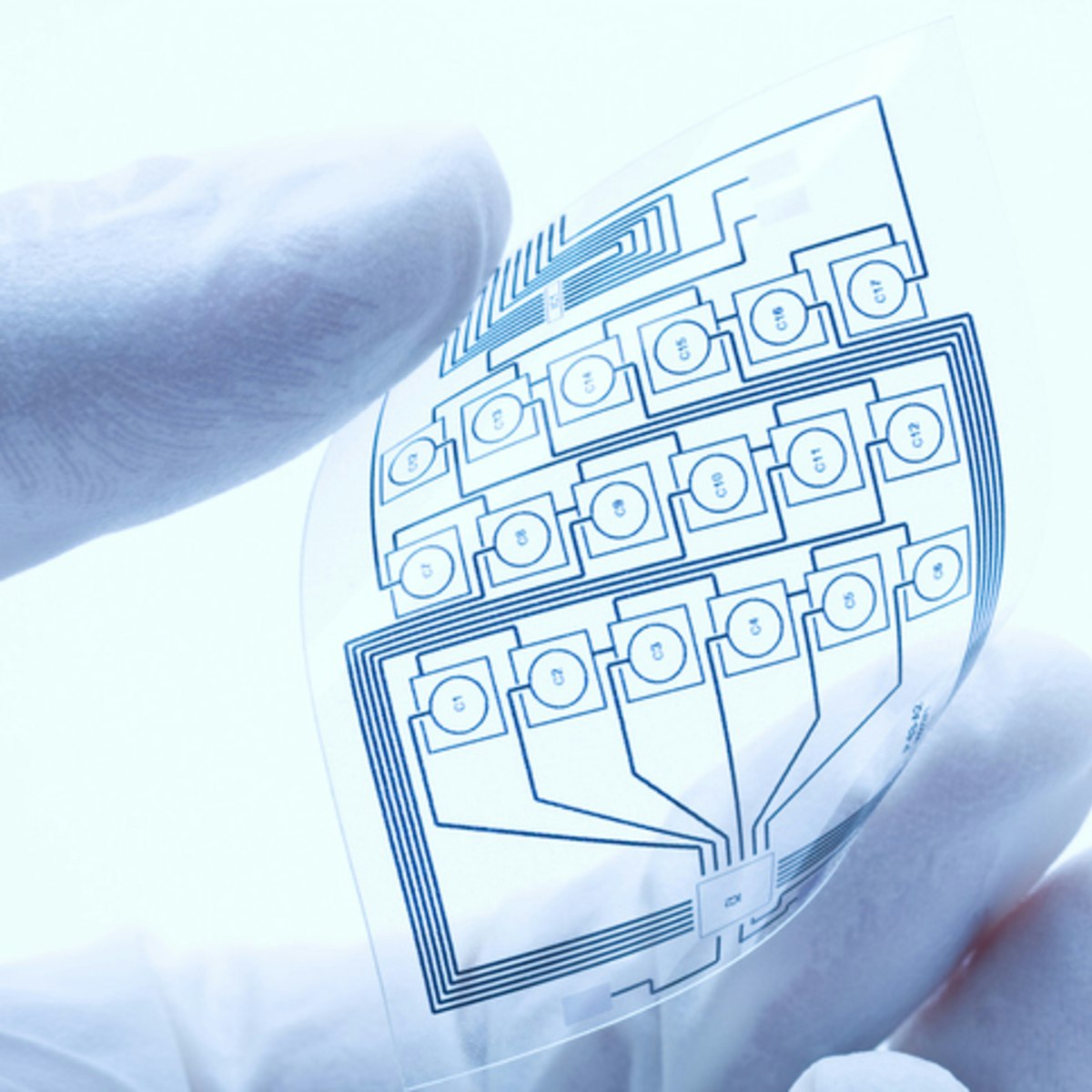
Physical Science And Engineering Courses - Page 26
Showing results 251-260 of 522

First Order Optical System Design
This course can also be taken for academic credit as ECEA 5600, part of CU Boulder’s Master of Science in Electrical Engineering degree.
Optical instruments are how we see the world, from corrective eyewear to medical endoscopes to cell phone cameras to orbiting telescopes. When you finish this course, you will be able to design, to first order, such optical systems with simple mathematical and graphical techniques. This first order design will allow you to develop the foundation needed to begin all optical design as well as the intuition needed to quickly address the feasibility of complicated designs during brainstorming meetings. You will learn how to enter these designs into an industry-standard design tool, OpticStudio by Zemax, to analyze and improve performance with powerful automatic optimization methods.

Robotics: Estimation and Learning
How can robots determine their state and properties of the surrounding environment from noisy sensor measurements in time? In this module you will learn how to get robots to incorporate uncertainty into estimating and learning from a dynamic and changing world. Specific topics that will be covered include probabilistic generative models, Bayesian filtering for localization and mapping.

Flight mechanics - Propulsive balance and energy
This course is dedicated to energy management, i.e. speed and altitude control.
The various sources of drag are first described and modeled, as well as thrust origin, and evolution with speed and altitude. Using these models, we can evaluate the propulsive balance and derive important concepts like flight regimes, best climb speed, or propulsion ceiling.
We take then a glance at cruise performances and the evolution of range with weight.
This course is a part of the specialization "Fundamentals of Flight mechanics".

Natural Attenuation of Groundwater Contaminants: New Paradigms, Technologies, and Applications
Cleaning up the large number of groundwater contamination sites is a significant and complex environmental challenge. The environmental industry is continuously looking for remediation methods that are both effective and cost-efficient. Over the past 10 years there have been amazing, important developments in our understanding of key attenuation processes and technologies for evaluating natural attenuation processes, and a changing institutional perspective on when and where Monitored Natural Attenuation (MNA) may be applied. Despite these advances, restoring groundwater contaminated by anthropogenic sources to allow for unrestricted use continues to be a challenge. Because of a complex mix of physical, chemical, and biological constraints associated with active in-situ cleanup technologies, there has been a long standing focus on understanding natural processes that attenuate groundwater contaminant plumes.
We will build upon basic environmental science and environmental engineering principles to discover how to best implement MNA as a viable treatment for groundwater contamination plumes. Additionally we will delve into the history behind and make predictions about the new directions for this technology.
Any professional working in the environmental remediation industry will benefit from this in-depth study of MNA. We will use lectures, readings, and computational exercises to enhance our understanding and implementation of MNA. At the completion of this course, students will have updated understanding and practical tools that can be applied to all possible MNA sites.

Working for a sustainable future: concepts and approaches
In this course, participants are introduced to key notions and concepts evolving in sustainability science that are relevant to all, independent to one's work or field of interest. After having completed the course, participants will have a better understanding of the vocabulary used today and should demonstrate the ability to reflect critically to integrate different perspectives of environmental, social, and economic sustainability to their specific area of interest or research.
Throughout the course, links are made to the Agenda 2030 for Sustainable Development, as our current global road map towards sustainability, and how new approaches and solutions are emerging to describe, understand and address key sustainability challenges. Put simply, the overall aim is to give participants the knowledge and confidence needed to present and discuss ideas with others by applying methods, concepts and the vocabulary exemplified in the course with a more holistic view on the sustainability agenda across topics and disciplines.
The course is designed as 5 modules:
The first module presents essential concepts within sustainability science, and methods used to describe, frame, and communicate aspects of sustainability. We look at key questions such as what we mean with strong or weak sustainability, resilience, tipping points and the notion of planetary boundaries. We also look at some techniques used of envisioning alternative futures and transitions pathways.
The second module is all about systems thinking and how systemic approaches are applied today to achieve long-term sustainability goals. Your will see what we mean with systems thinking and how systems thinking, and design is applied in practice to find new solutions.
The third module touches upon drivers for a sustainable future, namely links to economy and business with an introduction to notions of a circular economy, and also policy and regulatory frameworks. We introduce the basics of transformative policy frames and how they are designed and applied through several real-case examples.
The fourth module discusses the links between innovation and sustainability, highlighting approaches for technological, social, institutional, and financial innovations. Some examples (or cases) aim to show how different actors across society balance in practice the need for innovative approaches for social, environmental, and economic sustainability.
The fifth and last module provides general insights on how we work with models to create various scenarios that help us identify solutions and pathways for a more sustainable world. Three main dimensions are addressed namely climate and climate change, nature and biodiversity, and the importance of data and geodata science to support spatial planning and sustainable land use.
This course is brought to you by Lund University with input from four external contributors:
- Lund Municipality, Sweden
- DigIT Hub, a cluster organisation for digitalisation in society based in Lund, Sweden
- Forum for Social Innovation Sweden, a national network across 5 universities
- Sustainable Business Hub, a cluster organisation for smart sustainable cities, based in Malmö, Sweden
Feeding the World
This course will explore the concepts driving current food production science (population growth, urbanization, emerging affluence, resource constraints, and underlying biological limits) with the main focus on livestock production. Each of the major food animal species (dairy, swine, beef, and poultry) will be covered in terms of their universal life cycles, constraints to production and emerging societal issues.
Throughout the course, we will tackle some difficult and important questions:
What are the major health benefits and potential concerns regarding the production and consumption of animal products?
How does animal production affect the efficient use of resources and impact our environment?
Can cost of production be reduced to meet growing demand for animal products around the globe while maintaining health and safety for both animals and consumers?
What are the different types of animal food production systems?
Myths and misconceptions surrounding the animal food systems will be discussed. We’ll also look closely at some of the global issues, problems, and challenges in these food systems which scientists, farmers, and veterinarians, are attempting to solve through collaboration.
Lectures will be delivered by several experts from the University of Pennsylvania, School of Veterinary Medicine who are intimately involved in the study and advancement of animal production systems. The course is geared towards learners who seek a greater understanding of animal food systems as well as those who might have never visited an animal farm, but have a desire to learn more about where some of our food comes from and issues surrounding sustainability.

Journey Conversations: Weaving Knowledge and Action
Journey of the Universe weaves together the discoveries of the evolutionary sciences together with humanities such as history, philosophy, art, and religion. This course draws on the Journey of the Universe Conversations, a series of 20 interviews with scientists and environmentalists. The first 10 interviews are with scientists and historians who deepen our understanding of the evolutionary process of universe, Earth, and humans. The second 10 interviews are with environmentalists, teachers, and artists who explore the connections between the universe story and the practices for a flourishing Earth community.

Engineering of Structures: Compression
This course deals with compression. When we push an object, it compresses. Compression is what's going to hold up our building. Arches, vaults, domes, and anti-funicular forms help resist compression. In this course, you will learn about different columns and arches and their role in resisting compression. You'll also build anti-funicular forms. The first module introduces you to the topic compression and familiarizes you with the key terms related to compression. The second module deals with topics such as columns, arches, and other anti-funicular forms. It explores their roles in resisting compression. The final module explores how to build anti-funicular forms.

Major Engineering Project Performance
Manage large projects by identifying their key characteristics, examining the key factors and risks that affect their performance and exploring methods to counter their impact on the successful delivery of projects.
Looking into examples of best practice, you'll explore the relationship between projects, programmes and portfolios. You'll also discover the roles performed by the project manager, examine the difficulties associated with quantifying transaction costs in major project management and consider how different management approaches impact on these costs. Optimism bias and strategic misinterpretation regularly cause delays to major engineering projects. Using stimulating case studies, you'll evaluate the measures of success and compare and contrast 'project success' versus 'project management success'. In the final week of the course, you'll research and present a contemporary example of a major engineering project from your own country.
This course explores concepts analysed in the University’s Online MSc in Engineering Management. If you are interested to develop your skills further, take a look at our online degree.

Recent Advances in Freeform Electronics
In this course, the learners will understand fundamental basic backgrounds of p-n junctions, diodes and MOSFETs (Metal Oxide Semiconductor Field Effect Transistors). Also, recent approaches on flexible / stretchable electronics, transparent optoelectronics, and printed electronics using one dimensional or two dimensional nanomaterials will be introduced. Furthermore, the formation of high-performance, transparent thin films or conductors using novel materials such as cellulose nanofibers or metal nanofibers is included for course materials. Examples of device fabrications, including touch screen panels, gas / chemical / bio sensors, smart contact lenses, wireless and transparent antennas, and OLEDs, are also introduced for next generation electronic devices.
Popular Internships and Jobs by Categories
Find Jobs & Internships
Browse
© 2024 BoostGrad | All rights reserved